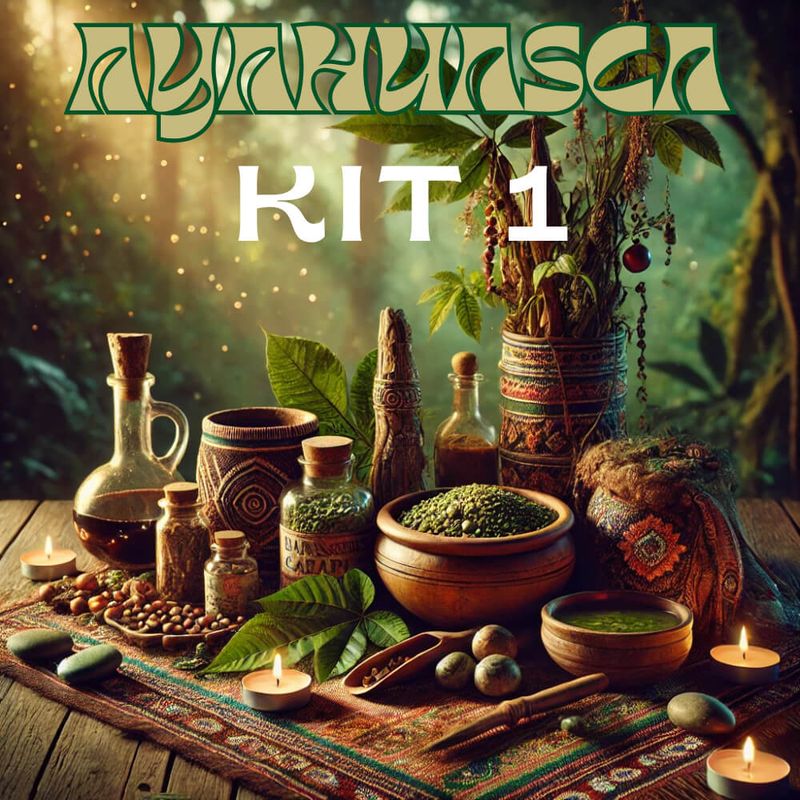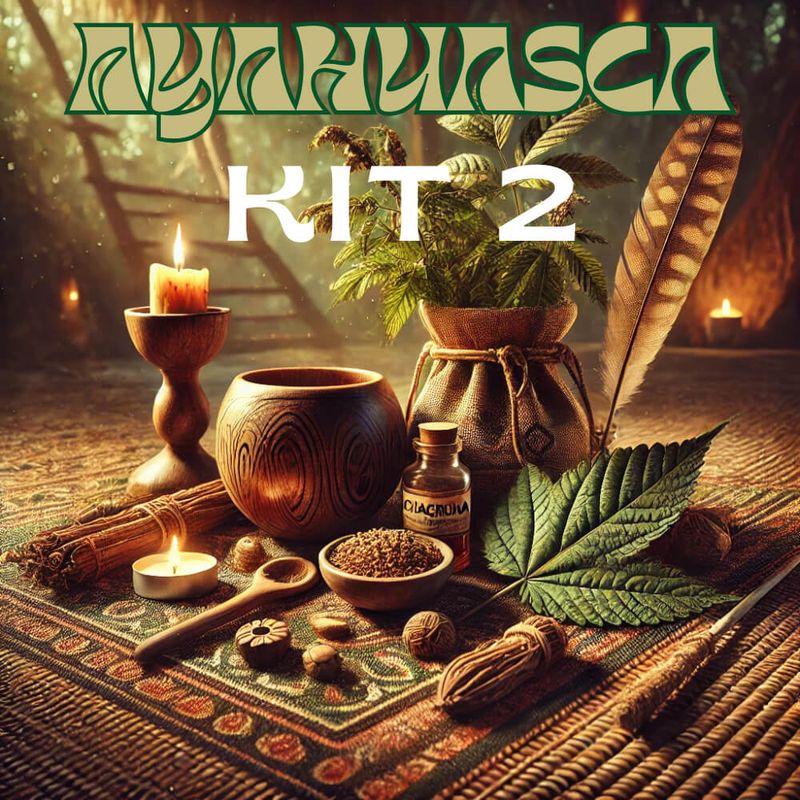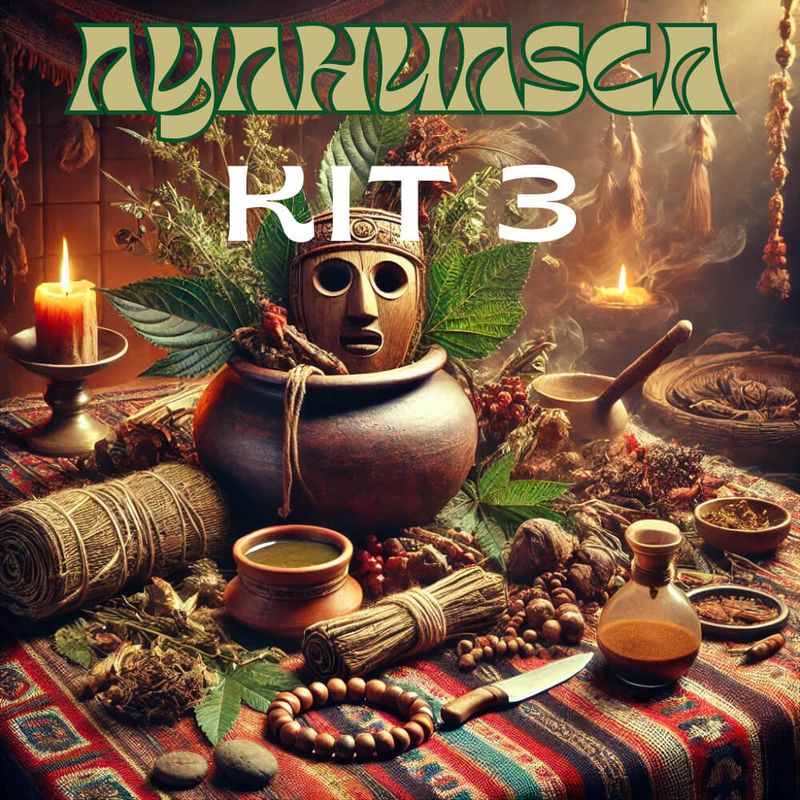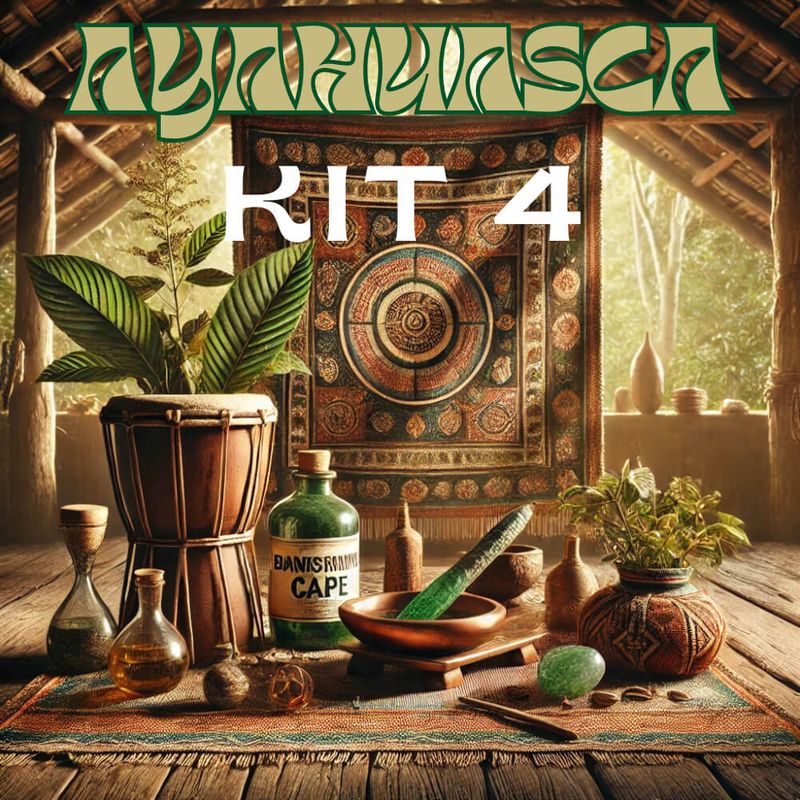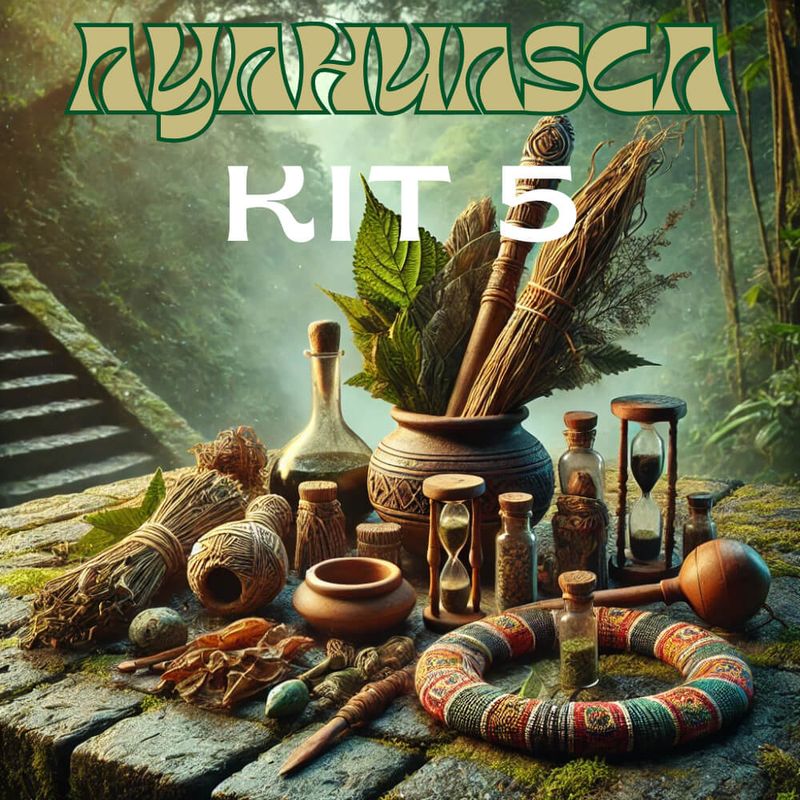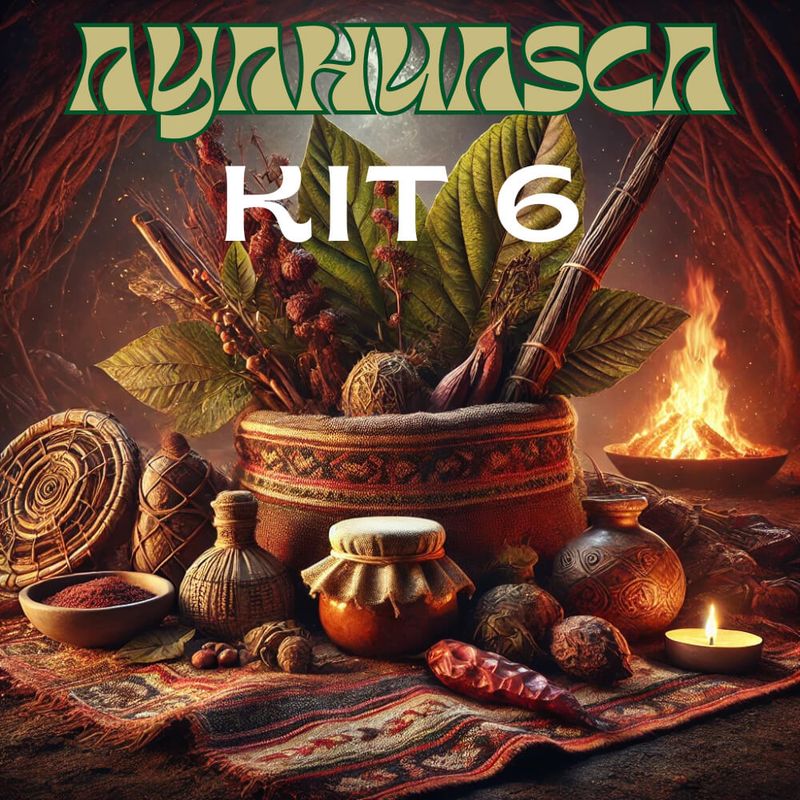Introduction to Ayahuasca
Ayahuasca is a traditional plant brew from the Amazon rainforest. It has been used for centuries by indigenous communities for healing, spiritual guidance, and connection with nature. In recent decades, Ayahuasca has gained worldwide attention. People from many cultures travel to experience its ceremonies, hoping to understand themselves and the world more deeply.
This guide explores what Ayahuasca is, its history, cultural roots, ceremonies, effects, and integration. The goal is to provide clear and factual information about Ayahuasca and its place in traditional and modern contexts.
What is Ayahuasca and How Does It Work?
Ayahuasca is made from two main plants: the Banisteriopsis caapi vine and the leaves of Psychotria viridis. The vine contains harmala alkaloids, which allow the psychoactive compound DMT from the leaves to be active when taken orally. This unique combination produces visions and deep introspection.
The brew is usually prepared by boiling the plants together for hours until a thick liquid forms. The process is guided by shamans who understand the plants and their preparation. During ceremonies, participants drink small amounts under the supervision of a shaman.
The effects of Ayahuasca include visual experiences, emotional release, and a sense of connection with life. Many people describe it as an intense but transformative experience.
The History of Ayahuasca in the Amazon
Ayahuasca has a long history among Amazonian tribes such as the Shipibo, Asháninka, and Huni Kuin. For these communities, Ayahuasca is not only medicine but also a sacred tool for communication with the spiritual world. It plays a role in rituals, healing, and cultural identity.
Archaeological evidence suggests that plant mixtures similar to Ayahuasca have been used for hundreds, possibly thousands of years. Oral traditions preserve songs, rituals, and knowledge about the plants, passed down through generations.
When researchers and explorers entered the Amazon in the 19th and 20th centuries, they began documenting Ayahuasca use. Since then, interest in ethnobotany and plant medicines has grown, bringing Ayahuasca to global awareness.
Traditional Use and Indigenous Practices
For indigenous groups, Ayahuasca is a teacher. It is used to heal illnesses, resolve conflicts, and guide community decisions. The brew is often taken in group ceremonies led by a shaman, who sings healing songs called icaros. These songs are believed to direct the visions and support participants through the experience.
The Role of Shamans
Shamans, sometimes called curanderos, are central to Ayahuasca practice. They are responsible for preparing the brew, creating a safe space, and guiding participants. Shamans train for many years, learning about plants, spirits, and rituals. Their knowledge is both practical and spiritual, combining herbal medicine with deep cultural traditions.
Ayahuasca Ceremony: What to Expect
Modern Ayahuasca ceremonies often follow traditional Amazonian practices, but they can vary depending on the setting. Retreat centers, for example, may adapt rituals to fit participants from different cultural backgrounds.
Preparation Before a Ceremony
Preparation often includes dietary restrictions such as avoiding alcohol, processed foods, and certain medications. This is thought to cleanse the body and prepare the mind. Many traditions also encourage meditation or reflection before the ceremony.
Common Experiences and Visions
During a ceremony, people may experience a wide range of effects. These include visual patterns, symbolic imagery, memories, and emotional insights. Some participants report physical purging, such as vomiting, which is seen as a form of cleansing. The experience can be challenging, but it often leads to feelings of clarity, healing, and spiritual connection.
Benefits of Ayahuasca
The reported benefits of Ayahuasca are varied. While scientific research is still developing, many people describe positive changes after ceremonies.
- Healing and spirituality: Ayahuasca is often described as a tool for emotional and spiritual healing.
- Emotional release: Many participants report processing trauma and unresolved feelings.
- Connection with nature: Ayahuasca can inspire a deep sense of unity with the natural world.
- Self-understanding: Insights gained during ceremonies may influence personal growth and decision-making.
Integration and Aftercare
The time after a ceremony is called integration. This is when participants reflect on their experiences and apply lessons to daily life. Journaling, meditation, and community support are common practices. Integration is considered essential for lasting benefits.
Some retreat centers offer integration sessions, where participants share experiences and receive guidance. This helps translate the often symbolic visions into practical understanding.
Ayahuasca Compared to Other Plant Medicines
Ayahuasca is sometimes compared to other entheogenic plants, such as peyote, San Pedro cactus, or psilocybin mushrooms. Each plant has its own cultural history and effects. Ayahuasca is distinct because of its Amazonian roots and the combination of plants required to make it active. The ceremonial context, guided by shamans, also sets it apart.
Frequently Asked Questions
How long does an Ayahuasca ceremony last?
A ceremony usually lasts four to six hours, but the effects can extend beyond this time. The duration depends on the dose, the individual, and the specific brew.
What plants are used in Ayahuasca brew?
The core ingredients are Banisteriopsis caapi vine and Psychotria viridis leaves. Some traditions add other plants, but these two are essential.
Is Ayahuasca the same everywhere?
No. Recipes and rituals vary among indigenous groups and modern retreat centers. While the main ingredients remain, the cultural practices can differ significantly.
Can Ayahuasca help with personal growth?
Many participants report that Ayahuasca provides insights into their life, relationships, and purpose. It is often described as a catalyst for self-reflection and growth.
Is Ayahuasca always guided by a shaman?
Traditionally, yes. In modern contexts, ceremonies may be led by shamans or facilitators with experience. Guidance is important for safety and understanding.
Conclusion
Ayahuasca is more than a plant brew. It is a tradition with deep cultural roots and powerful effects on those who experience it. From Amazonian shamans to global retreat centers, Ayahuasca continues to shape lives through visions, healing, and spiritual connection.
By understanding its history, ceremonies, and integration, people can approach Ayahuasca with respect and clarity. Whether seen as a tool for healing, a doorway to spiritual insight, or a cultural treasure, Ayahuasca remains one of the most important plant medicines of the Amazon.
Ayahuasca Kits
Discover our exclusive Ayahuasca Kits, carefully crafted for those seeking a unique and authentic brewing experience. Each of our six special kits contains distinct plant ingredients, allowing you to create your own personalized ayahuasca brew. Whether you're exploring traditional recipes or experimenting with different botanical blends, our high-quality ingredients ensure a potent and meaningful journey. Dive into the sacred world of ayahuasca and find the perfect kit to suit your spiritual path.

![Introduction to Ayahuasca Ayahuasca is a traditional plant brew from the Amazon rainforest. It has been used for centuries by indigenous communities for healing, spiritual guidance, and connection with nature. In recent decades, Ayahuasca has gained worldwide attention. People from many cultures travel to experience its ceremonies, hoping to understand themselves and the world more […]](https://shamanic-extracts.com/wp-content/uploads/ayahuasca-header-banner.jpg)
